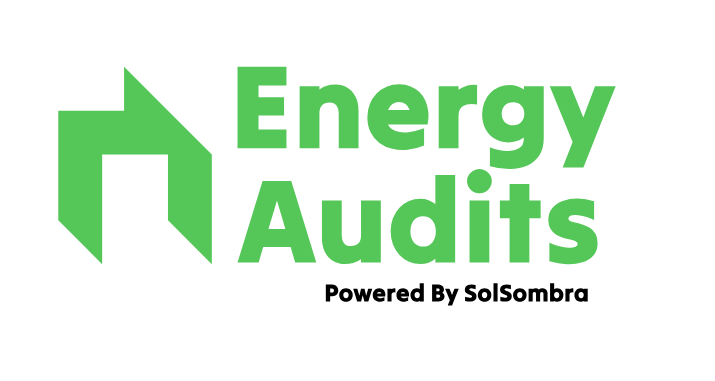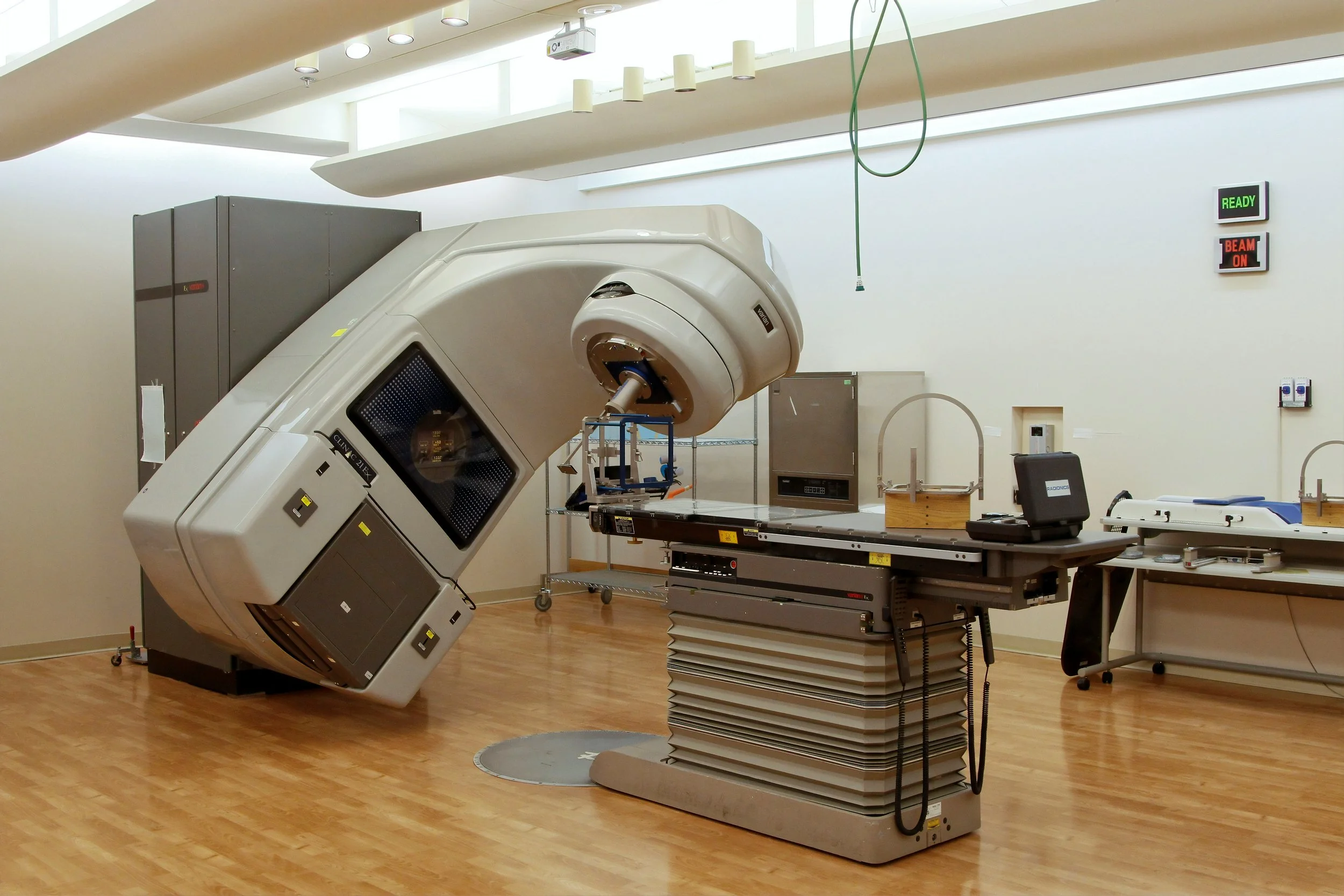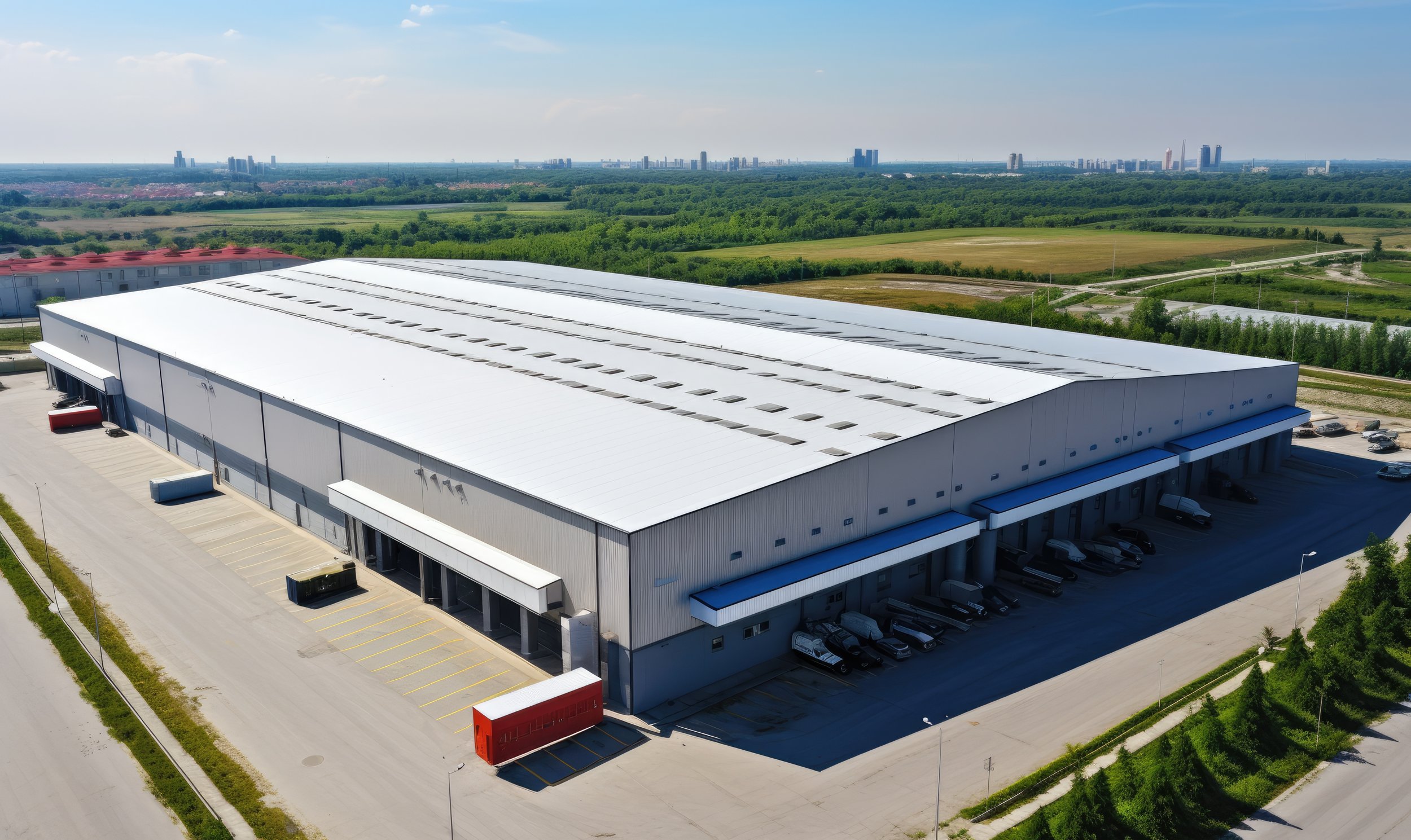
Energy Audits for
Offices
Get in Touch
Energy Use in Offices
Office buildings are substantial consumers of energy in the commercial sector, due to the need to maintain comfortable and productive work environments. Energy use in offices comes primarily from space heating and cooling, lighting, and office equipment (computers, servers, copiers, etc.). In a typical office building, HVAC systems can account for roughly 39% of total energy usage, lighting about 25%, and plug-in equipment around 22%. This means efforts to improve efficiency usually focus on climate control and lighting as top priorities. In recent years, organizations have put a strong emphasis on sustainability and reducing their carbon footprints. Reducing energy use in offices not only cuts costs but also minimizes carbon emissions, aligning with corporate social responsibility goals. Many Australian offices also participate in the NABERS rating system (National Australian Built Environment Rating System) to benchmark and communicate their building’s energy performance, with high ratings (e.g., 5-star or 6-star) indicating excellence in efficiency. Improving efficiency through energy audits can directly contribute to achieving higher NABERS ratings, which are known to correlate with lower vacancy rates and higher property values in the office market.
Challenges in Office Energy Efficiency
Many office buildings face inefficiencies due to a combination of technology and human factors:
Outdated Systems: Older offices may still use outdated lighting (like T12 fluorescent tubes or halogen bulbs) and HVAC equipment that lacks modern controls. These systems often run at full output even when not needed. For example, an older building might have a single thermostat for an entire floor, causing some areas to be overcooled and others overheated, leading occupants to use space heaters or fans which further drive energy use. Poorly maintained HVAC (clogged filters, miscalibrated sensors) can also waste energy by working harder than necessary to maintain setpoints.
Occupant Behavior: Human behavior in offices can significantly impact energy use. Common issues include lights left on in empty conference rooms or overnight, computers and monitors not set to sleep or turned off after hours, and miscellaneous devices (coffee makers, printers, space heaters) left running. Small personal appliances at each desk (like individual printers or space heaters) are typically less efficient than centralized, well-managed equipment. Moreover, some employees might set the thermostat extremely low or high for quick effect (which doesn’t change speed of cooling/heating but can overshoot and waste energy). Without engagement and awareness, these behaviors lead to avoidable waste.
Variable Occupancy and Usage: Office spaces can have uneven usage. A large meeting room might be used intensely a few hours a day and empty the rest, yet its HVAC and lights might operate all day on the same schedule as occupied areas. Similarly, many modern offices are only partially occupied at any given time (especially with trends like flexible schedules or remote work). If the building isn’t equipped to adjust to actual occupancy – for example, turning off airflow to unoccupied cubicles or dimming lights in empty open-office areas by using motion sensors – then energy is being expended conditioning and lighting space with no people.
Peak Demand and Load Profile: Offices typically experience a peak in energy demand in late morning or early afternoon when cooling, lighting, and office equipment loads are all at their highest. This peak demand can incur high charges from utilities. Challenges arise if many systems start up simultaneously in the morning (lights, HVAC, elevators, all computers booting) causing a sharp spike. Additionally, in mixed-use or high-rise buildings, base building systems (like central cooling towers or heating boilers) have to accommodate the worst-case scenario across tenants, often running continuously. Managing and shaving this peak – through staggering equipment start times or using thermal/ battery storage – remains a challenge for many office building managers.
Legacy Design and Tenancy Changes: Some office buildings were designed for different usage patterns than they have today. For instance, a building might have been built with cellular offices but later converted to open-plan (changing the cooling load distribution). Or a multi-tenant building might have one tenant with a data center or trading floor that uses disproportionate energy, affecting whole-building performance. These legacy design issues can cause inefficiencies like zones being cooled and heated simultaneously due to one tenant’s unique needs. Without re-commissioning and updating zone controls, buildings operate sub-optimally for their current use.
Opportunities for Energy Optimization in Offices
Office environments can realize substantial energy savings through both technological upgrades and smarter management:
Lighting Retrofits and Controls: Retrofitting lighting is often the most straightforward improvement. Replacing fluorescent fixtures with LED panels or bulbs can cut lighting electricity use by 30-50% or more. Beyond the fixtures, smart lighting controls amplify savings: occupancy sensors ensure that private offices, meeting rooms, and restrooms lights turn off when unoccupied; daylight sensors dim artificial lighting near windows during bright days to take advantage of natural light; and scheduling systems ensure most lights go off automatically after business hours (with exceptions for cleaning crew needs or security). Many offices are now adopting networked lighting control systems where each fixture is addressable and can be controlled centrally – these systems can even be integrated with occupancy data to provide insight on space utilization, doubling as a space planning tool.
HVAC Upgrades and Zoning: Upgrading HVAC components, like installing high-efficiency chillers or condensing boilers, can greatly improve base system efficiency. But equally important is improving distribution and control. Offices can implement Variable Air Volume (VAV) systems or upgrade older ones with new digital controllers so that each area gets just the cooling/heating it requires. If an office floor tends to be cooler on the window side and warmer in core zones, a rebalancing with proper zoning or adding supplemental zoning (like small heat pumps for perimeter) can reduce simultaneous heating and cooling conflicts. Installing variable speed drives on fans and pumps within the HVAC system allows the airflow and water flow to ramp down during periods of reduced demand, saving energy compared to constant volume systems. Demand-controlled ventilation (using CO₂ sensors in return air ducts or densely occupied areas like conference rooms) can adjust fresh air intake based on actual occupancy, ensuring good air quality while avoiding over-ventilation (which can save a lot on heating/cooling outside air).
Equipment Energy Management: Offices are filled with plug-in equipment – computers, monitors, printers, copiers, servers, coffee machines, and more. Implementing an IT energy management policy is a significant opportunity. Ensuring all computers go into sleep mode after a period of inactivity and are shut down at day’s end (automated through network tools) can cut their energy use by 50% or more. Upgrading to energy-efficient office equipment (Energy Star-rated PCs, multi-function devices instead of many individual printers) also helps. Some offices deploy smart power strips at workstations that cut power to peripheral devices (monitors, task lights, chargers) when the computer is off or when there’s no motion at the desk for a while. In server rooms, consolidating servers, virtualizing, and improving cooling (by using hot aisle/cold aisle arrangements and maybe economizer cooling) can dramatically reduce energy usage for those critical systems.
On-site Renewable Energy and Storage: Many office buildings have flat rooftops or even building facades that can host solar PV panels. By generating solar power on-site, an office building can offset a portion of its daytime energy use (which aligns well, as solar produces most when offices need air conditioning the most). Solar can also feed battery storage systems; some buildings are installing batteries to manage peak demand by storing excess solar or cheap off-peak power and using it during late afternoon peaks. Offices might also invest in solar hot water if there’s a significant hot water load (though for typical offices, this is small, mainly restrooms or any cafeteria). Besides saving on bills, visible renewable installations (like a solar array or even small wind turbine if feasible) can contribute to a company’s image of corporate responsibility and innovation.
Energy Management Systems (EMS): Offices should employ Building Management Systems (BMS) or more modern EMS platforms that allow for centralized control and monitoring of HVAC, lighting, and sometimes plug loads. These systems enable scheduling (like ensuring HVAC is on an hour before opening and goes into setback after hours) and provide alarms if something is off (for example, if a thermostat is calling for cooling and heating at the same time due to a fault, or a motor is drawing unusual power indicating a mechanical issue). Some EMS now integrate with occupancy data (via smart badge systems or motion sensors) and weather forecasts to proactively optimize building performance. The EMS can also generate reports on energy KPIs, which facility managers use to track progress and detect deviations. For multi-tenant buildings, an EMS can be used to fairly allocate costs (via sub-metering) and to engage tenants – sometimes landlords run energy awareness programs where tenants see how their energy use compares to others, fostering a bit of competition to encourage everyone to implement easy savings measures (like turning off lights or consolidating appliances).
These optimizations not only cut energy bills but often improve the working environment – for example, better HVAC zoning resolves those hot/cold complaints that are common in offices, and improved lighting (with LEDs and well-designed controls) can reduce glare and eye strain. Moreover, an efficient building with a high NABERS rating or green certification can be a point of pride and attract premium tenants or help retain companies that have their own sustainability commitments.
How Energy Audits Can Help Offices
Energy audits offer a roadmap for improving energy performance in office environments. A comprehensive office energy audit typically includes: reviewing utility data to establish baselines and identify unusual consumption patterns, a site inspection of all major building systems, and analysis of how the building’s operation aligns with occupancy (for instance, is the HVAC running long before or after people are present?). The audit might reveal simple issues like lights or HVAC running 24/7 due to control settings not being updated after a schedule change (a common scenario in buildings without a facilities manager), or more subtle ones like an imbalance in the air system causing electric reheat in VAV boxes to fight the central AC too much.
The audit report provides a prioritized list of recommendations to reduce energy use. Common recommendations for offices include:
Lighting: Upgrade to LED and add controls (with expected energy savings percentage and ROI calculated).
HVAC: Tune or upgrade – e.g., recommission the building automation system so setpoints and schedules are optimized, repair any faulty sensors or actuators, consider a new high-efficiency chiller if the current one is old (with energy and cost savings projections).
Controls: Implement demand-controlled ventilation, ensure thermostats have appropriate deadbands (to prevent simultaneous heating/cooling), and program an optimal start/stop for HVAC (to minimize runtime while still achieving comfort by occupancy time).
Equipment: Promote or enforce a PC power management policy, replace old appliances (like that decades-old fridge in the break room), and possibly use advanced power strips for certain areas.
Additionally, the audit will often highlight no-cost behavioral changes: for instance, adjusting cleaning crew schedules so that only one floor’s lights are on at a time while they clean, instead of all floors being lit; or advising on rearranging seating to even out HVAC loads (like not blocking air vents with furniture, which was causing uneven cooling and overwork of the system).
One of the valuable aspects of an audit is that it can quantify the benefit of achieving a higher NABERS rating or other certifications. For instance, if the office building is currently NABERS 4-star, the audit might show that by implementing certain measures (like lighting and chiller upgrades) the building could reach 5-star, which is significant in terms of marketability – high NABERS-rated buildings tend to have lower vacancy and can command higher rents because tenants save on energy bills and meet their sustainability requirements. This can be a persuasive argument for building owners to invest in the improvements.
By partnering with us for an energy audit, office building managers and owners can uncover hidden inefficiencies that daily operations might overlook. We've found things like an exhaust fan left running for years because no one realized its switch, or computer server rooms being over-cooled because thermostats were set extremely low just out of caution. Correcting these issues immediately cuts waste. Implementing all the audit’s recommendations can transform an office building into a high-performance workplace – one that uses energy smartly, provides a comfortable climate for employees (which studies show can improve productivity), and appeals to the growing number of organizations prioritizing ESG (Environmental, Social, Governance) factors in their business decisions.
Overall, an energy audit is the first step in a continuous improvement journey. Many offices use the audit as a baseline, then establish an ongoing energy management program (sometimes even assigning “energy champions” in their staff or maintenance team). The result is not just a one-time reduction but a culture of efficiency that keeps utility costs low year after year.
Small Offices (SMEs): We assist small businesses and standalone office buildings in reducing energy costs. For example, a small company renting a couple of floors might not have control over central HVAC, but we can still recommend actions like using smart thermostats in their space, plugging leaks around windows, or coordinating with the landlord on efficiency upgrades. For an owner-occupied small office building, we provide a simple action list (often focusing on lighting, basic HVAC scheduling, and equipment shutdown practices) that can be implemented with minimal fuss but noticeable savings.
Government & Council Offices: Government office buildings, from local council chambers to large department headquarters, often have mandates to improve energy efficiency and lead by example. We conduct audits for public sector offices to help meet these goals, identifying measures such as upgrading aging HVAC in a town hall, adding solar panels to municipal office roofs, or optimizing the control systems in a government agency building. The audits also assist in reporting requirements, providing documented savings and paybacks that justify public expenditures on retrofits. Taxpayers ultimately benefit when government facilities cut waste and operate more efficiently, and governments can better meet their targets (for instance, carbon neutrality commitments) with our audit-guided improvements.
Corporate Office Towers: Large office complexes and high-rise towers managed by property companies or REITs (Real Estate Investment Trusts) gain significantly from energy audits, especially as they often have multiple tenants and complex systems. We work with facility management teams to analyze these buildings holistically – from the central plant (chillers, boilers, cooling towers) to the tenant spaces and parking garages. Our recommendations might include advanced solutions like installing a building-wide energy management dashboard or retrofitting elevators with regenerative drives (capturing energy when elevators descend). For multi-tenant buildings, we might advise on green lease clauses that align landlord and tenant incentives for efficiency (as discovered in the audit, e.g., if tenants have server rooms, we ensure they contribute to HVAC upgrades that benefit them). Implementing audit recommendations can boost the building’s NABERS rating (with evidence, e.g., a jump from 4 to 5 stars after upgrades), which is increasingly linked to higher asset value and attractiveness to premium tenants. In competitive markets like Sydney or Melbourne CBD, a high NABERS rating is almost a requirement for Grade A office space. Thus, our audits not only cut energy costs but directly contribute to maintaining the building’s competitive edge and compliance with any performance disclosure requirements (since in many jurisdictions, offices must disclose energy ratings in leasing – a better rating gives a marketing advantage).
Industries Served














